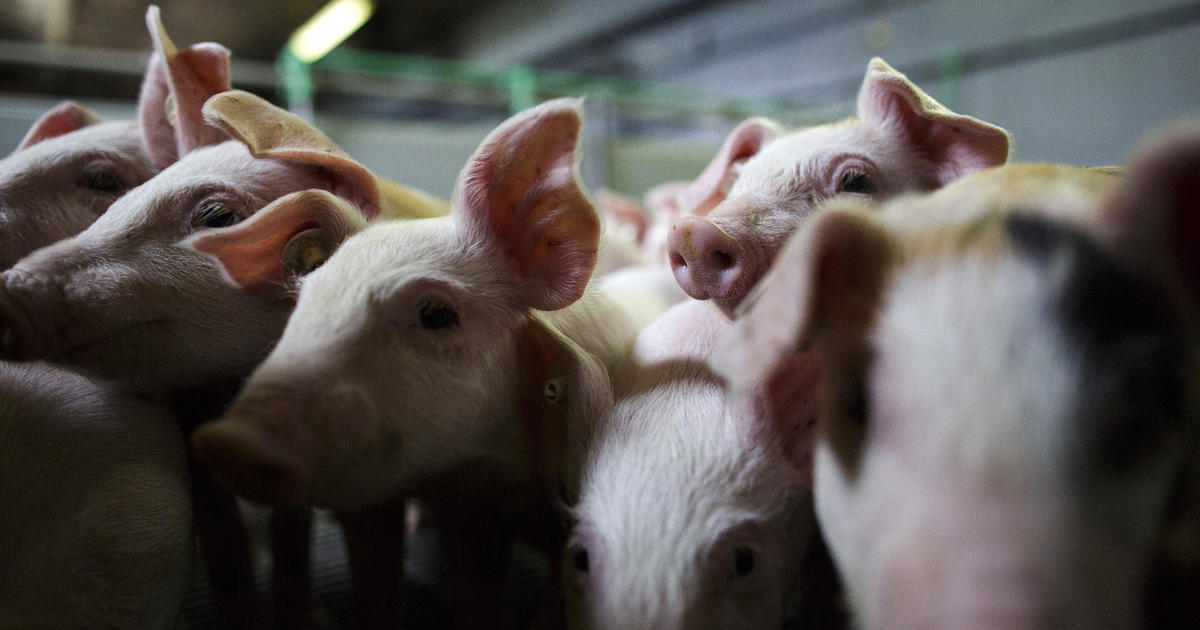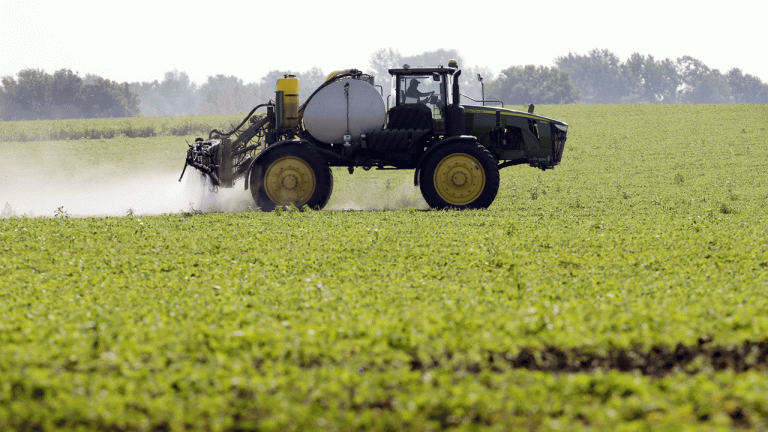
The Centers for Disease Control and Prevention plans to probe samples collected from a fatal influenza infection in Brazil, the World Health Organization announced, after investigators discovered the death was caused by an H1N1 variant spreading in pigs.
Occasional so-called “spillovers” of H1N1 swine flu have been spotted throughout the world in people who interacted with infected pigs.
However, it is unclear how the patient in this case caught the virus. The patient, a 42-year-old woman living in the Brazilian state of Paraná, never had direct contact with pigs.
Two of her close contacts worked at a nearby pig farm, investigators found, but both have tested negative for influenza and never had respiratory symptoms.
“Based on the information currently available, WHO considers this a sporadic case, and there is no evidence of person-to-person transmission of this event. The likelihood of community-level spread among humans and/or international disease spread through humans is low,” the WHO said in a statement published Friday.
Initial analyses of the sample by health authorities in Brazil have confirmed the virus behind this death to be H1N1. It is closely related to previous samples of H1N1 spotted in the region.
“To date, sporadic human infections caused by influenza A(H1N1)v and A(H1N2)v viruses have been reported in Brazil, and there has been no evidence of sustained human-to-human transmission,” the WHO said.
A CDC spokesperson said the agency had not yet received the specimen from authorities in Brazil. The CDC operates one of seven “collaborating centers” in the WHO’s global flu surveillance efforts.
The CDC studies thousands of sequenced flu viruses collected each year, comparing its genes with previous variants that have infected animals and humans.
This summer, the Biden administration has been planning to ramp up efforts to spot cases of these potentially deadly new flu variants spreading to humans.
In addition to the growing threat posed by the record spread of avian flu among birds around the Americas, previous years have also seen cases of other “novel influenza virus infections” after humans interacted with animals at events like agricultural fairs.
“Given the severity of illness of the recent human cases, CDC has also been discussing with partners the feasibility of increasing surveillance efforts among severely ill persons in the ICU during the summer months, when seasonal influenza activity is otherwise low,” the CDC’s Carrie Reed said at a recent webinar with testing laboratories.
A recent CDC analysis of a severe bird flu infection of a Chilean man earlier this year turned up signs that the virus there had picked up a change that might eventually make it more capable of spreading in humans.







